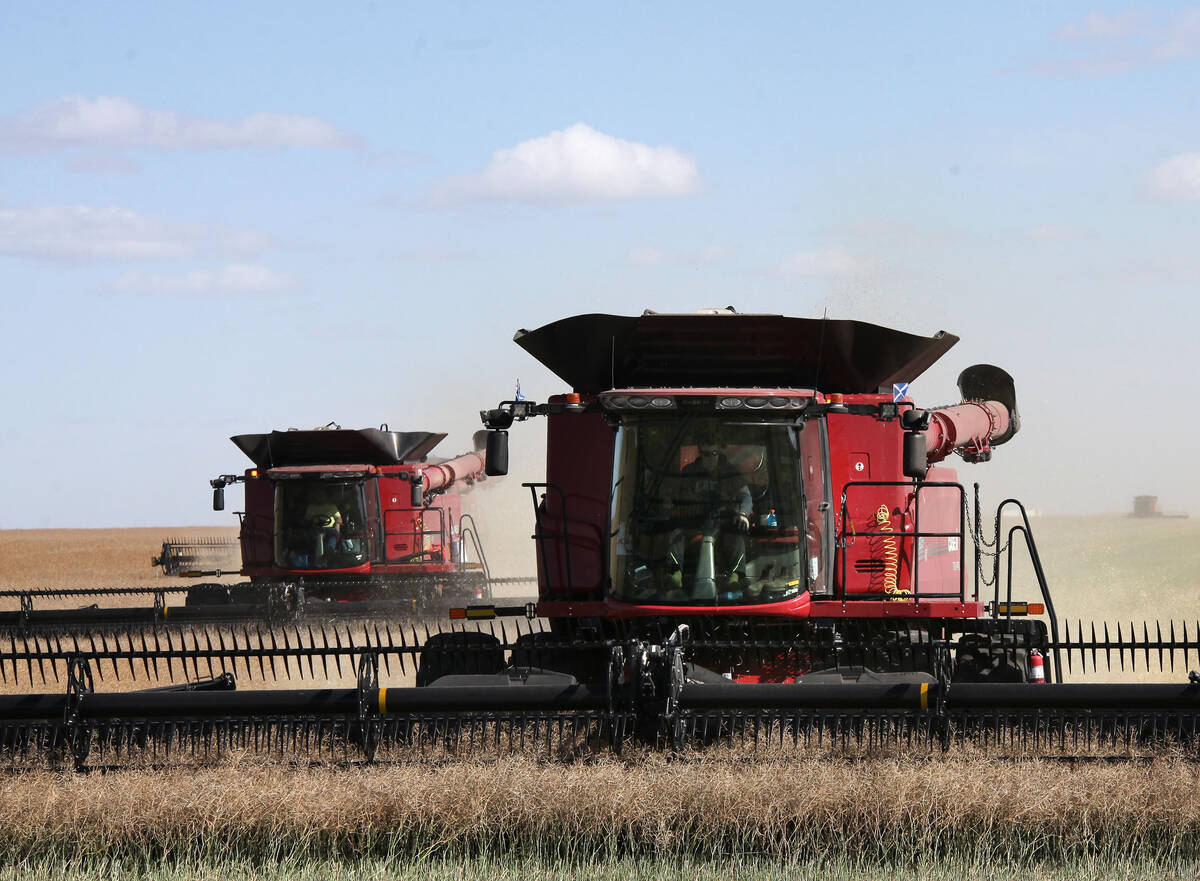Marketsfarm – There was a wide mixture of the results in the latest crop report from Saskatchewan Agriculture. Parts of the province were hobbled by drought conditions, while other areas received upwards to 40 millimetres of rain following a series of thunderstorms during the week of July 18 to 26.
The desiccation of pulse crops in the southwest and west central regions has started with combining expected to soon follow. Meanwhile, some cereal crops were now beyond harvesting with plans to salvage them for livestock feed.
Read Also

Notable changes in exports to China, India
China and India figured prominently in the September export data issued by the Canadian Grain Commission on Nov. 7. For the most part, the CGC’s numbers highlighted issues with grain, oilseed and pulse exports from licensed facilities to those countries.
Of the cereals provincewide, the winter wheat rated 37 per cent good to excellent and the fall rye was 23 per cent. As for the spring cereals, oats were 39 per cent good to excellent, spring was 35 per cent, barley was 28 per cent and durum was all of 16 per cent.
Soybeans led the oilseeds at a whopping 80 per cent good to excellent, canola stood at 35 per cent, flax was 23 per cent and mustard was only 13 per cent.
Among the pulses, peas were 32 per cent good to excellent, lentils at 29 per cent and chickpeas at 26 per cent.
Also, canary seed rated 29 per cent good to excellent.
Topsoil moisture levels continued to be an issue in Saskatchewan as they drop to 15 per cent adequate, 48 per cent short and 37 per cent very short. Hay lands and pastures were eight per cent adequate, 43 per cent short and 49 per cent very short.
Haying operations were wrapping up with only five per cent still standing, with 13 per cent cut and 82 per cent baled or in silage. The quality of the hay registered at 70 per cent good to excellent. Meanwhile livestock producers in the most dry areas reported water and feed concerns.
A variety of issues hampered Saskatchewan’s crops, with strong winds, drought, hail, extreme heat, grasshoppers and gophers.













